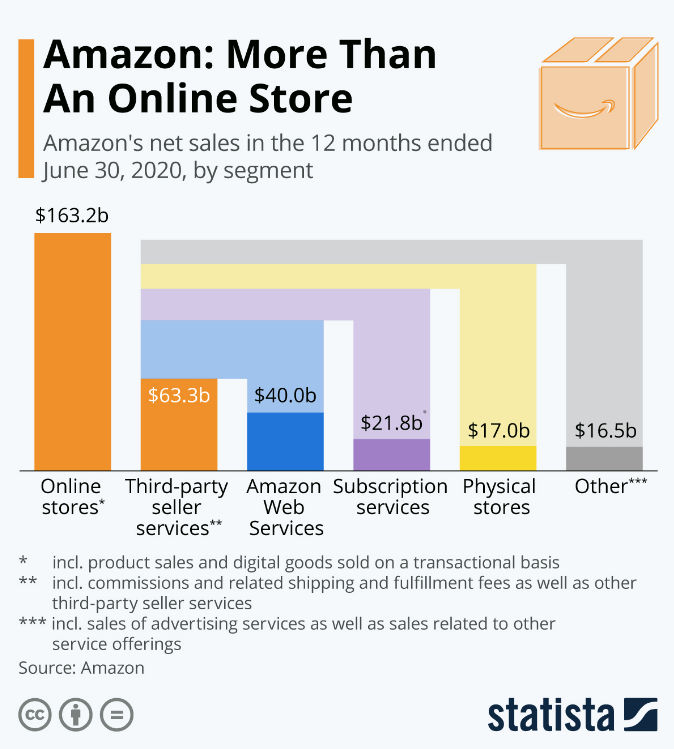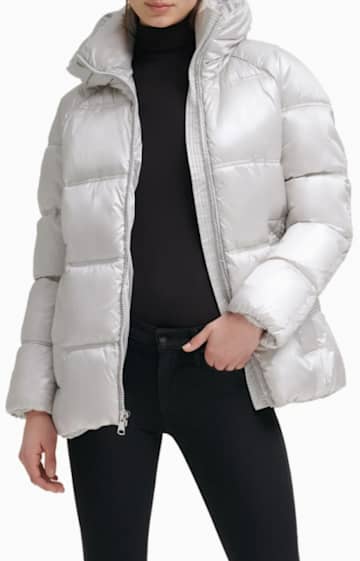
As technology continues to advance and people move away from brick-and-mortar stores, retail is undergoing a transformation. Increasingly, customers use online shopping as their primary method of shopping, but retail will continue to be a staple business. Read on for the latest trends and developments in retail. Find out how you can deliver a great experience for your customers. You will be amazed at the impact that customer experience has on your bottom line.
Business model evolution in retail
The ability to provide consistent shopping experiences across channels is a key component of retail success. Online shopping is growing in popularity, but customers still prefer to touch and feel products in person. The retail industry has evolved to allow retailers to use technologies such as augmented realities, interactive video 360-degree views and gestural control to offer a personalized shopping experience. These are the top trends that are driving the evolution in retail. Recent studies show that many retail outlets are going digital.
Every year, innovation moves at a faster pace. It's difficult for larger companies that are not able to keep up in the changing market to keep up. To combat this, existing retailers giants will try to acquire technologically advanced companies with access to new market. These acquisitions include Staples and HiTouch, Nordstrom and BevyUp. Walmart bought Flipkart, for instance, in 2018. These acquisitions demonstrate the importance of a solid business model.
Retailers have to rethink how they operate and create value for their customers. They must adapt their business models if they want to survive and thrive in this new environment. They will be able to rethink retail and create business models that combine the virtual with the real. They will have to adapt new technologies and redefine the roles they play in order for them to survive. Retail will experience unprecedented digital disruption, which will undoubtedly shake up the status quo. How can established retailers adapt to this digital disruption?
An edge strategy can help retailers capitalize on fragmentation. Edge strategies minimize risks while maximizing impact. Once the strategy is in place, it may become the foundation of the business. Successful edge strategies should align with industry trends and involve different business models and practices. One example of a potential retail "edge" is a consumer experience marketplace, a B2B infrastructure to niche retailers and a trusted consumer agent. This could create a completely new retail model.
The rapid adoption of new technologies has changed the way consumers shop. In the past few years, brick-and-mortar shoppers have given way to mobile-first social media shoppers. This shift in consumer behavior is driving the evolution of retail. New retail business models, such as brick-and clicks like pop-up shops and online hypermarkets will emerge in the future. Retail will be seamless as more companies adopt digital touchpoints.
Brick-and Mortar stores: Evolution of the business model

Traditional brick-and-mortar shops will not disappear anytime soon. However, they need to adapt their business models to the digital age. With low overhead giants such as Amazon and eBay rising in the retail market, traditional brick-and-mortar stores must find ways to adapt to this new standard. There are already solutions in the tech sector to increase store values. Brick-and–mortar retailers will adopt these technology and develop new ones.
The retail industry has had a stable environment in 2019, which has helped with efficiency in business practices as well as growth opportunities. The rise of ecommerce has had a negative impact on physical stores. The increasing popularity of social media, the high level of consumer spending power and increased use of smartphones all contribute to this trend. By 2022, sales will surpass $80 billion in the Middle East and North Africa alone. Brick-and-mortar retail will suffer a drop of 12 percent in their sales as a result.
Brick-and–mortar stores also have the opportunity to take advantage of the Omnichannel Retail Strategy. Customers can buy products from one store or shop from multiple stores, and can choose the method that works best for them. Moreover, this approach allows retailers to streamline their returns and shipping costs. To make the best business decisions, it is important to weigh the advantages of each business model. Your customers are the most important factor in making a business choice.
Bricks-and-mortar stores can be described as "clicks, bricks". It is a combination of two channels: online as well as physical. Many popular ecommerce businesses have brick-and-mortar locations. These stores are referred to as "clicks and bricks." Some of the most popular brands that are combining these two business models are Warby Parker, Casper, and Bonobos.
Business model evolution in e-tailers
Online retailers come in many forms. E-tailers buy products from manufacturers wholesale and resell them at a higher rate to end-customers. Although the transaction can be done online, it's still similar to brick-and mortar retail. E-commerce sellers also need to make the same adjustments and fixes. E-tailers have also opened channels with traditional retailers.
A manufacturer that used to source products from a wholesaler might now want to make e-commerce a reality by creating an online channel. A manufacturer might invite a third-party reseller who will then compete against the E-tailer. E-tailers can also choose between the two formats of agency selling and reselling. Some E-tailers choose to do both.
The third-party marketplace model is an interesting case. Third-party marketplaces enable E-tailers both to act as merchants and service providers. This is in contrast to traditional retailing. However, research on the subject has not yet been developed to the point where E-tailers can participate in these types of marketplaces as merchants and platform service providers. In one recent study, Abhishek et al. Abhishek and colleagues compared the decision making process of two E-tailers, comparing them under different externalities.
E-tailers must not only integrate digital marketing tools but also develop their own products. They have to make sure that their products or services are of value to customers and distinguish themselves from the rest. Finally, they should be able and willing to provide quick delivery and competitive prices. Transparency is crucial for customer loyalty. Customers now have greater options to shop online than ever before in an increasingly digital environment. The online world is constantly evolving and dynamic.
Retailing can be a positive experience.

Positive customer experiences have many benefits in retail. Customers are more inclined to return to a company where they had a positive experience, than to one that was negative. Second, it is cheaper than acquiring customers to make sure the customer experience is positive. A poor customer experience can result in increased returns, refund requests, and lengthy customer service calls. Creating positive experiences in retail also boosts customer loyalty and helps companies charge up to 16% higher for products than those that do not provide excellent customer experiences.
For any business to be successful, a positive customer experience is crucial. Not only do satisfied customers promote brand loyalty, but they also act as advocates for your brand. Customers are the most powerful players in today’s highly competitive environment. Thanks to the world wide web, they have a plethora of options and information. It is these customers who will promote your brand name through word of mouth. Here are some tips for creating a positive shopping experience.
If a brand offers a positive experience, customers will be more careful and demanding. According to the Walker study, 78 percent of shoppers will pay more for a brand that offers an excellent experience. To provide a positive customer experience, a retail store must invest in employee training and development. A great customer experience starts with giving priority to the customer. This applies to the customer's experience. Personalized shopping experiences are essential for any business.
A seamless customer experience is an important goal for all businesses. A seamless customer journey should be positive across all channels. From marketing to sales, the entire experience is an integrated whole. The best way to increase customer retention and revenue is to create a positive customer service experience. This can increase customer satisfaction and loyalty as well as customer loyalty. A positive customer experience can lead to customers being more inclined to recommend your business. There are also other benefits of creating a positive customer experience in retail.
FAQ
Free shipping for orders over $25
Yes, almost all major websites allow you the option to order items online without having to pay shipping. Some websites offer free shipping for certain items. To qualify for free shipping, however, you must spend more than $25. Many websites automatically apply free shipping for your entire order. Other websites require that you enter "SHIPFREE" at checkout.
Do you think it is worth signing up to receive rewards and insider information wherever you shop?
Rewarding yourself with great rewards is great but not always worthwhile. You should ensure that you receive value when you sign up for an internet program. It's important that you know exactly how much you'll spend on it.
Be careful if you sign up for a reward card because of a great signup bonus. Sometimes, these bonuses are not worth the effort of applying.
It is important to ask yourself why you want a reward program before you join. Many people join because they see their friends doing it. You may not be interested in the services or products offered by the company if this is the reason you quit.
Is it acceptable to ask for discount coupons when shopping?
Try to negotiate a better deal when purchasing items. It's not rude to ask if they have any discount codes available. You can ask politely if they have any discount codes. This could help you save money in the long-term.
Are you a believer that coupons should be used at grocery stores?
Yes, coupons are a great way to save money. You can't get every discount you want. You can match sale prices with coupons, which is the best thing that you can do.
You can also stack coupons together to maximize savings. For example, if you have two $2/1 coupons, you could combine them into one $4/3 coupon.
Statistics
- The vast majority only change a password to protect privacy a few times a year (27 percent) or, more likely, never (35 percent). (pcmag.com)
- All items on AliExpress have an estimated delivery time on the product page, and it's usually anywhere from 20 to 60 days. (makeuseof.com)
- Your Online Purchases 79% of Americans purchased goods and services online in 2018, which is expected to exceed 90% in 2023. (meetfabric.com)
- Beyond that, you'll be liable for a 25% import tax. (makeuseof.com)
External Links
How To
How do I make my grocery list?
You should include the items you frequently buy at your local grocery store in your grocery list. It should include the following categories:
-
Produce (vegetables, fruits)
-
Meat/fish
-
Dairy products (milk cheese yogurt, cheese)
-
Snacks & sweets
-
Drinks
-
Other groceries
The most important thing when making a grocery list is to keep it simple. You don't want to write down everything you eat daily because this would become too long and complicated. You can find the ingredients that you use often and add them into your list. If you like something new, try adding it!
It can save you time by knowing which recipes are your favorites. Online recipe databases are available that allow you to look up ingredients and print out the recipe. Or, you could take a photograph of the ingredient list to save it in Evernote for later reference.
If you are looking for inspiration, check out our article on how to make a grocery list.